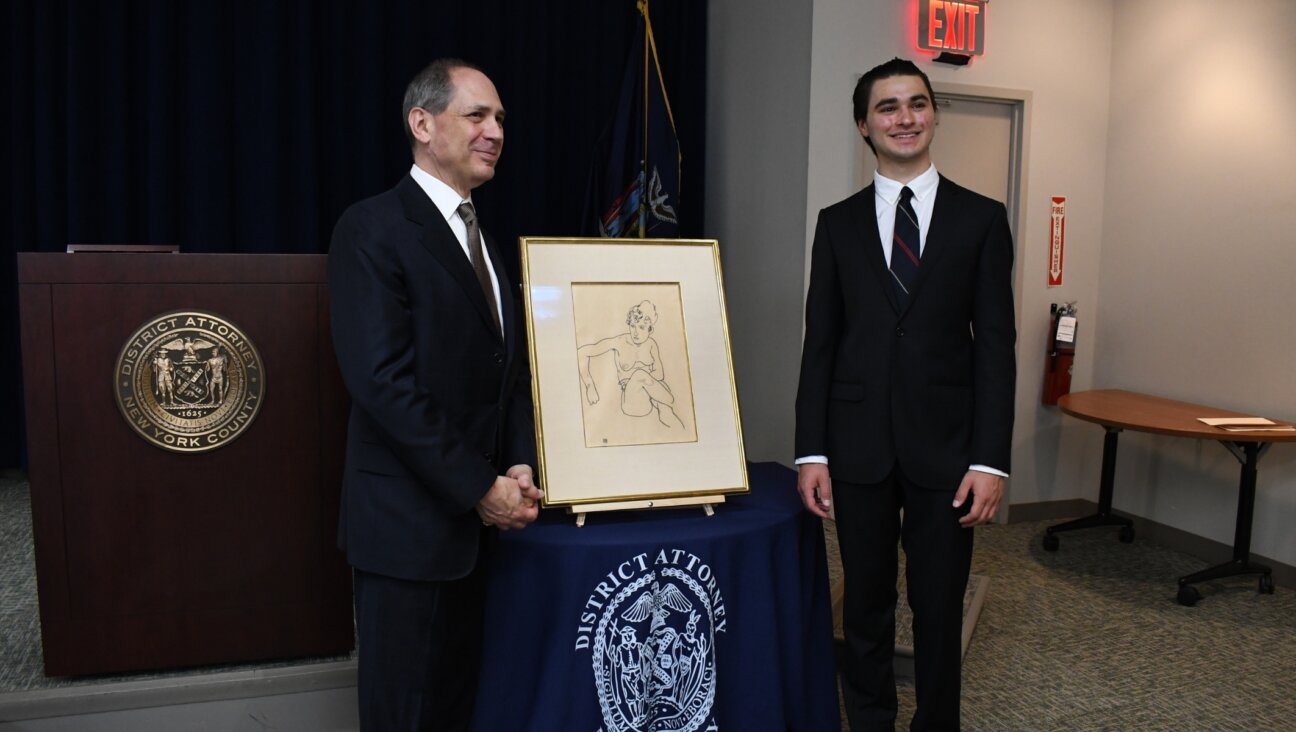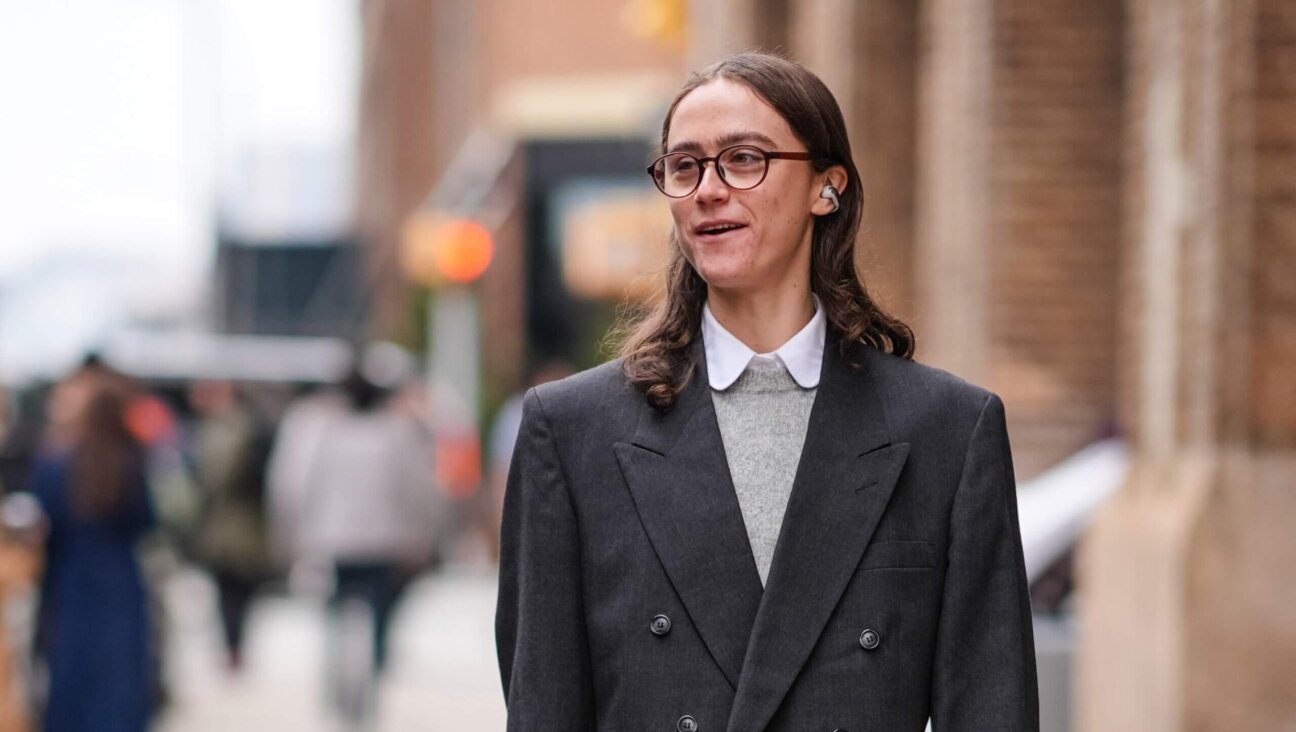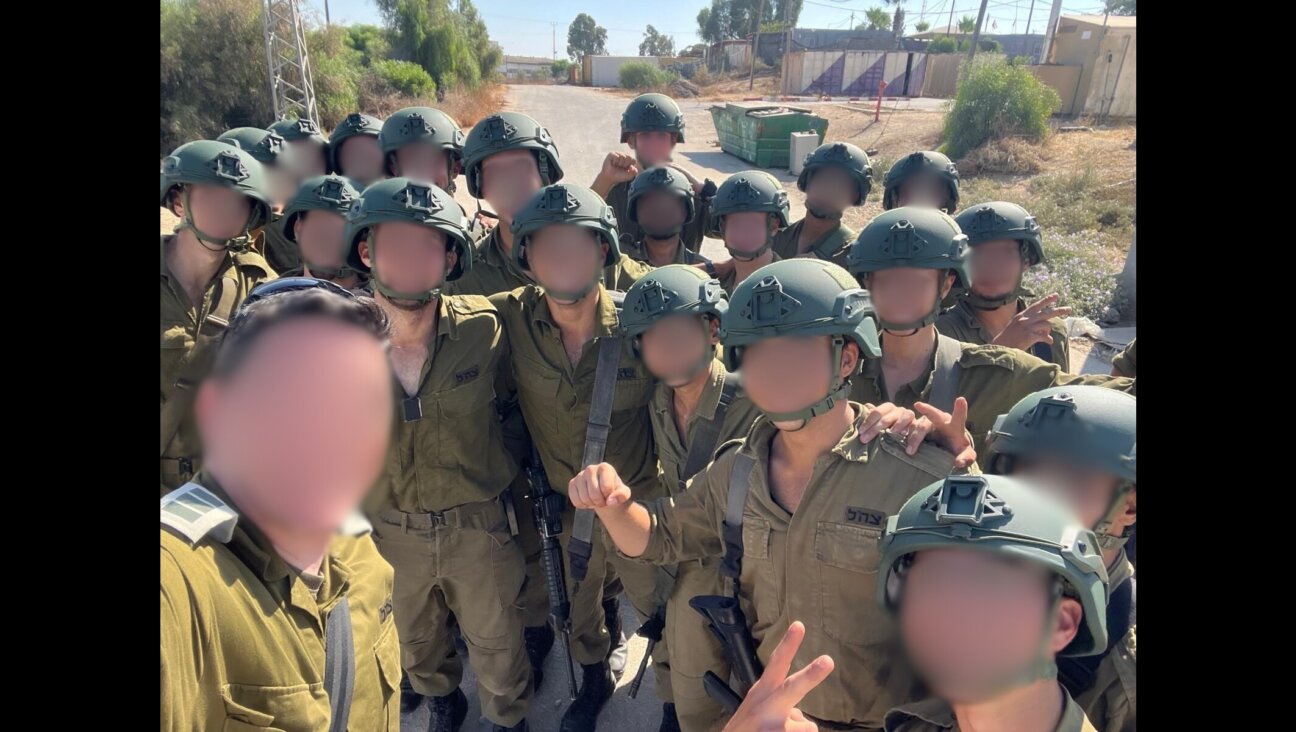For Early Childhood Educators, Some Overdue Respect From Reform Movement
An organization is being established to serve the educators of the Reform movement’s early-childhood centers, officials announced at a conference this week.
“We have a vision of an organization that can serve as a network, as a support system and as a professional body for early-childhood educators,” said Nancy Bossov, director of early childhood education at the Union of American Hebrew Congregations and the program’s first full-time professional. “We’re working for it very speedily.”
The new organization, which was established by a vote of delegates at the conference, will receive early organizational and educational guidance from the UAHC, but will function autonomously, Bossov said.
The move is a welcome one for the directors of the movement’s approximately 300 early-childhood centers, an educational system that serves children from infancy through age 6.
Although most such centers are affiliated with local synagogues, for decades they received little in the way of professional development or guidance, some administrators said. They were left to their own devices and had little or no contact with other school leaders. In 2001, the UAHC addressed the problem by hosting its first conference for the leaders of the movement’s early-childhood centers. The goal of the conference was to provide professional development as well as a basis for networking with peers. In addition to the technical benefits, participants were grateful to finally have their role in Reform Jewish life properly acknowledged, they said.
The school administrators, many of whom claimed to have toiled in an organizational and professional vacuum for decades, greeted the news of the new organization with relief.
“The Reform movement has started to recognize the importance of early childhood as a foundation,” said Ellen Allard, a conference presenter, who said that early childhood had always gotten “short shrift” in the movement.
As the Reform movement has moved to incorporate more Jewish ritual to staunch losses among its membership, some began to view early-childhood education as a potential “gateway,” an adhesive welcome mat into Jewish life.
“It’s important so that after their bar and bat mitzvahs, they don’t flee — and their parents don’t flee,” Allard said.
The 75 participants at this year’s conference, held this week at the UAHC’s headquarters in Manhattan, were treated to a special Tot Shabbat performance (please see sidebar) and participated in workshops, including “Bridging Early Childhood to Religious School” and “Torah for Tots — a Theatrical Model.”
The centerpiece of the first day, however, was a two-part presentation by Becky Bailey, a popular author and lecturer on early-childhood education and development. Bailey gave a brief lesson in biochemistry, through which she pitched what she calls “principles of positive discipline,” a system of conflict resolution and dealing with bullying.
Bailey, who is not Jewish, also spoke of the benefits that rituals have on the development of young children and encouraged audience members to look to their tradition for innovative classroom techniques.
“Rituals soothe the brain stem, the home of fight or flight, and anxiety,” Bailey said. “Once you soothe that, you can be in the present.”
Participants agreed.
“When we invite the children into it, they go home and teach their parents,” said Vickie Clegg, a teacher at the Temple Emanuel Preschool in Greensboro, N.C. “Get them started young and they’ll stay with it.”
Making Shabbat Friendly for Tots
Imagine a service set to music, in which participants get ready for prayer with a breathing exercise, march across “the Red Sea” and carry plush Torah scrolls in a Torah parade. Sound like fun?
That is one model of a “Tot Shabbat” service, which has become a common feature of many synagogues as they try to use song to make prayers more accessible to the smallest members of their congregations.
Educators at this year’s UAHC early-childhood conference saw such a service modeled by an energetic husband-and-wife team, Peter and Ellen Allard, recording artists and early-childhood music specialists who live in Worcester, Mass.
“We’re not really trying to teach Hebrew or even the order of the service,” Peter Allard said. “We’re trying to show people that when they gather together, something magical is capable of happening.”
The Allards offered participants a “menu” from which they could choose what to include in their own version of Tot Shabbat. The menu included such tunes as “Hal-le-lah, la-le-lah-le-lay-lu-jah” (unknown composer) and “I’m So Glad that Shabbos is Here.”
As the first song hit its crescendo, Ellen Allard, 48, hit her own: Her auburn bob bounced up and down as she jumped and leapt to the beat, while her husband, 47, happily strummed the guitar behind her.
Within minutes, the Allards had the 75 school administrators and teachers clapping, singing, dancing and prancing around the large conference room — a sight their students undoubtedly would have enjoyed.
When the crowd of mostly women took a little too long returning to their seats after a particularly raucous number, they found themselves on the receiving line of that uniquely pedagogical admonishment. “We have to behave like we want our students to behave,” Ellen reminded them.
The Allards’ message is that the religious service is filled with opportunities for learning — and the easiest, most fun way to learn is through song.
“Even the down moments are teachable moments,” Ellen Allard said.
* * *|
A message from our editor-in-chief Jodi Rudoren

We're building on 127 years of independent journalism to help you develop deeper connections to what it means to be Jewish today.
With so much at stake for the Jewish people right now — war, rising antisemitism, a high-stakes U.S. presidential election — American Jews depend on the Forward's perspective, integrity and courage.
— Jodi Rudoren, Editor-in-Chief






















